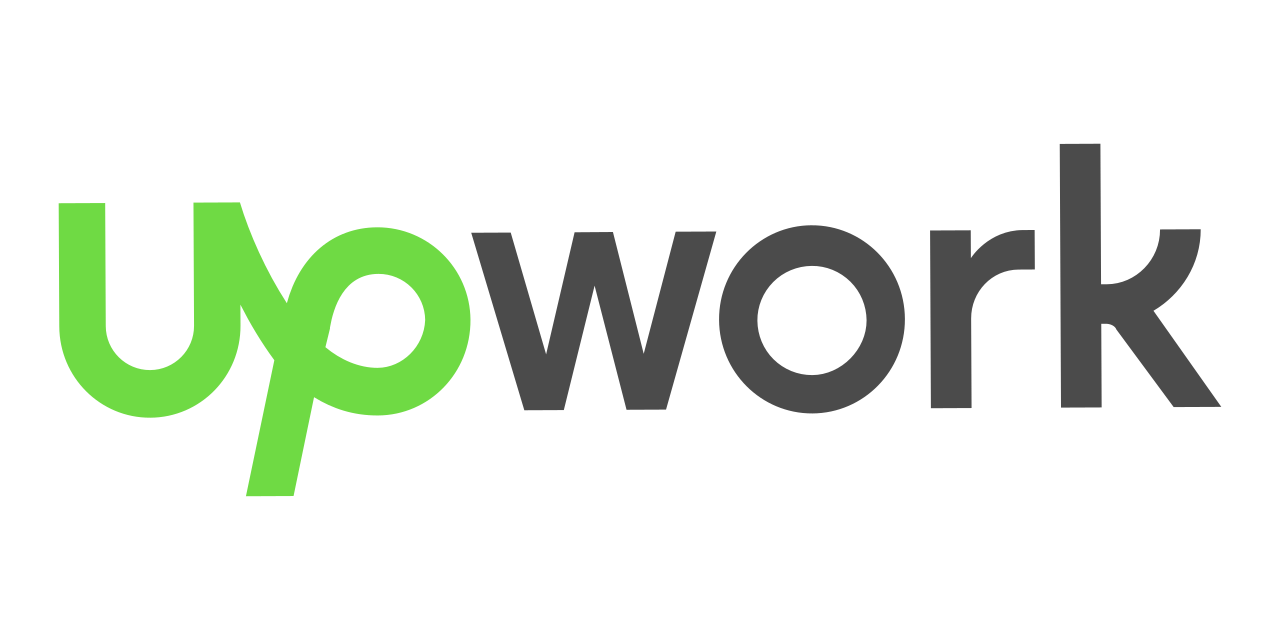The tech and marketing world has been buzzing with excitement after Google I/O 2025 and Marketing Live 2025. These annual events showcased the future of AI-driven technology, advertising innovation, and marketing tools that will shape how businesses engage with users online.
In this comprehensive blog, we’ll explore the 17 biggest takeaways that marketers, developers, and business owners should be paying attention to.
1. Gemini AI Becomes Central to Google’s Ecosystem
Google unveiled its latest iteration of Gemini AI, now integrated across Search, Gmail, Docs, YouTube, and Google Ads. This AI upgrade brings deeper personalization, faster responses, and smarter task handling, enabling businesses to scale customer experiences more efficiently.
Keyword tip: Google Gemini AI, AI in marketing
2. AI Overviews in Google Search
A groundbreaking enhancement, AI Overviews now provide contextual answers to complex queries at the top of search results. For marketers, this means SEO strategies must prioritize long-tail keywords, conversational content, and EEAT signals (Expertise, Experience, Authoritativeness, Trustworthiness).
Keyword tip: AI search results, Google Search updates 2025
3. Generative AI in Google Ads
Advertisers can now use generative AI in Google Ads to create high-quality ad copy, visuals, and even landing pages. It’s a game-changer for performance marketing, enabling brands to run multiple ad variations with less manual effort.
Keyword tip: AI ad generator, generative AI in advertising
4. New AI-Powered Shopping Features
For e-commerce brands, Google’s new Virtual Try-On and 3D product views powered by AI enhance the shopping experience. Retailers can integrate these features into Google Shopping Ads and product listings.
Keyword tip: AI in eCommerce, Google Shopping AI tools
5. Performance Max Gets Smarter
Google’s Performance Max campaigns are now enhanced with Gemini AI, enabling better asset generation, targeting, and bid optimization. It’s a win for advertisers aiming for ROAS-driven campaigns.
Keyword tip: Performance Max 2025, Google Ads AI updates
6. Enhanced YouTube Shopping Integration
YouTube now allows creators and brands to tag products in Shorts and Livestreams, creating shoppable video experiences. This is a key update for video marketing strategies.
Keyword tip: YouTube Shorts shopping, video commerce 2025

7. AI-Powered Creative Studio Tools
Marketers can now generate banners, videos, and display ads with Google’s Creative Studio AI tools. This speeds up campaign delivery and enables more visual storytelling with fewer resources.
Keyword tip: creative automation tools, AI ad design
8. Consent Mode V2 Becomes Mandatory
To comply with global privacy laws, Google announced that Consent Mode V2 will be mandatory for all advertisers using Google Ads or GA4. This update ensures user consent management and data compliance.
Keyword tip: Consent Mode V2, GDPR-compliant tracking
9. New Insights in GA4
Google Analytics 4 (GA4) now provides predictive insights like purchase probability, churn rates, and AI-driven audience suggestions, allowing brands to take action in real time.
Keyword tip: GA4 updates 2025, predictive analytics marketing
10. Search Generative Experience (SGE) Expansion
SGE is now available to users in over 120 countries. Marketers need to optimize for AI summaries, structured data, and featured snippets to remain visible in this new search landscape.
Keyword tip: Search Generative Experience, AI SEO strategy
11. Privacy Sandbox for Marketers
Google’s Privacy Sandbox initiative is moving toward full rollout by the end of 2025, replacing third-party cookies with Topics API, Protected Audience, and FLEDGE solutions for interest-based advertising.
Keyword tip: cookieless future, Privacy Sandbox marketing
12. AI Personalization in Gmail Ads
Marketers running Gmail Ads can now leverage Gemini to personalize messages based on user behavior, preferences, and interaction history, boosting open and click-through rates.
Keyword tip: personalized email ads, Gmail Ads AI targeting
13. Visual Search on the Rise
Users can now search using images and videos directly within Google Lens and Search. Brands must focus on visual SEO by optimizing product imagery and structured data.
Keyword tip: visual search SEO, Google Lens marketing
14. Augmented Reality Integration in Maps & Ads
Google Maps now supports AR-based navigation and advertising. Local businesses can place immersive local ads, guiding foot traffic using visual overlays.
Keyword tip: AR local ads, augmented reality Google Maps

15. AI-Generated Product Highlights
When users search for products, Google now uses AI to highlight key benefits, price drops, and top reviews. eCommerce brands must optimize product feeds with detailed and accurate information.
Keyword tip: Google product AI, smart product listings
16. Multimodal Search and AI Conversations
With new multimodal search, users can ask questions using text, voice, images, and video—all within a single search session. Marketers must create content adaptable across multiple formats.
Keyword tip: multimodal search engine, interactive search experience
17. Sustainability Metrics in Ads
Google is encouraging advertisers to display sustainability metrics, such as carbon footprint and green certifications, directly in their ads. This reflects growing user demand for eco-conscious brands.
Keyword tip: sustainable marketing, green digital advertising
Final Thoughts
Google I/O and Marketing Live 2025 reinforced one key message: AI is no longer optional—it’s essential. The integration of AI across search, ads, analytics, and content creation means that marketers must evolve quickly to stay competitive.
As we move further into this AI-powered marketing era, businesses that embrace innovation and adapt to Google’s changing ecosystem will lead the race. Whether you’re a digital marketing agency, an eCommerce entrepreneur, or a content creator, these 17 updates offer both challenges and opportunities.
Pro Tip for Marketers:
Start testing AI tools now—like Google’s Gemini-powered ad creatives, Performance Max, and SGE-optimized blog content—to future-proof your strategy.




